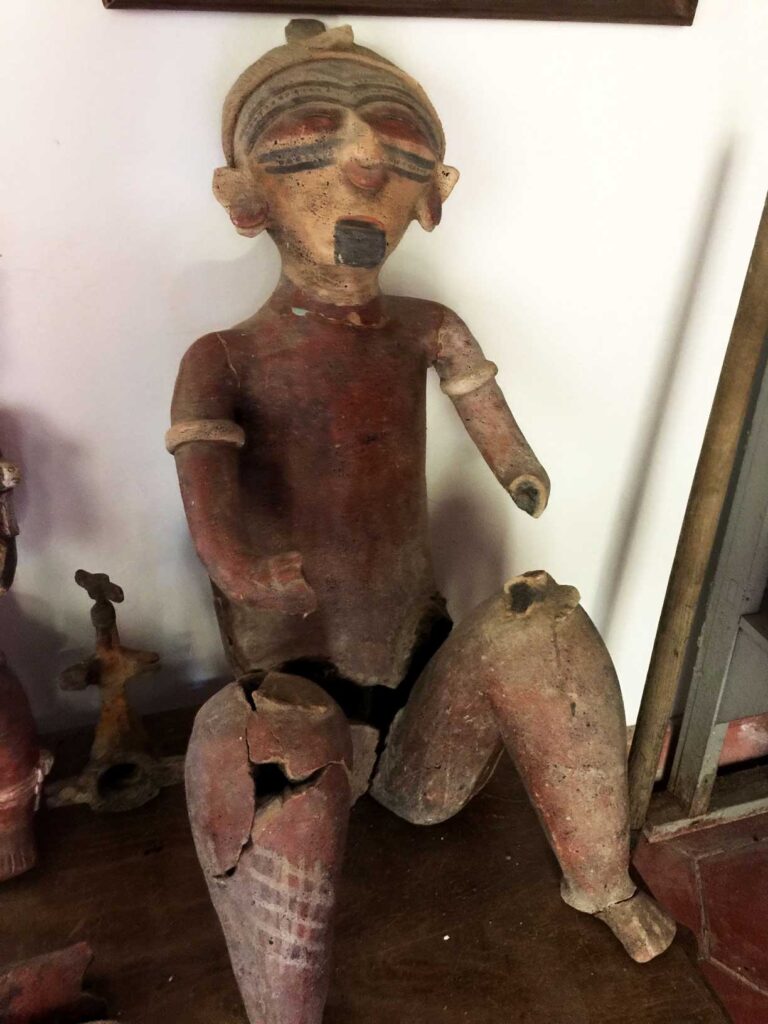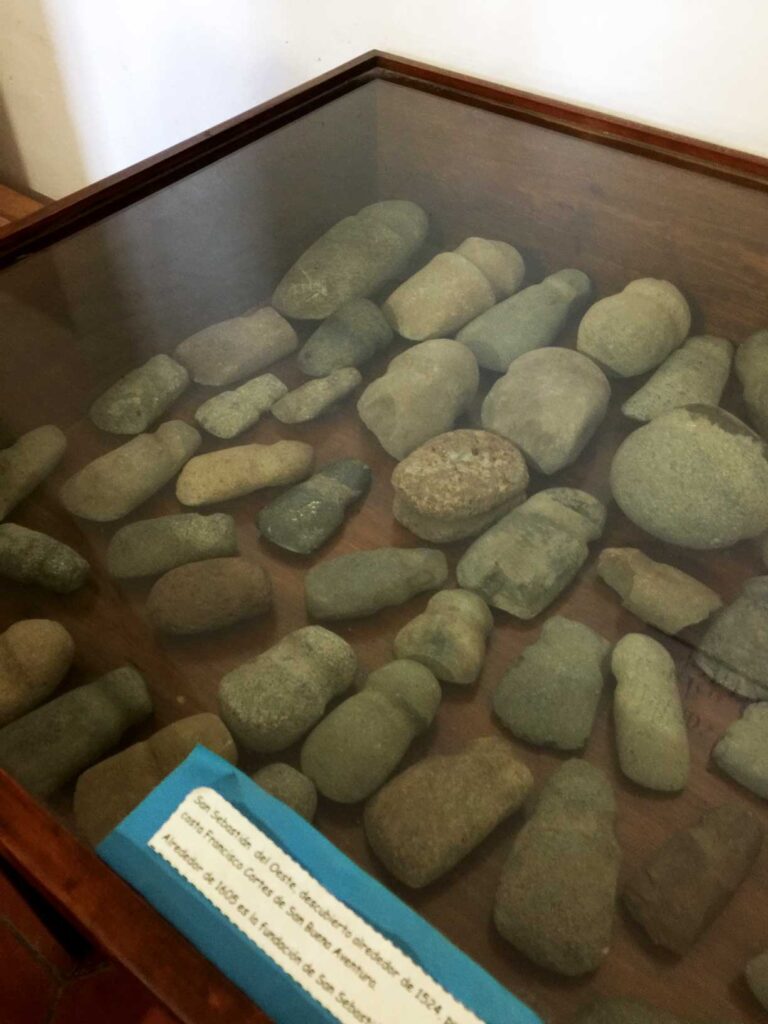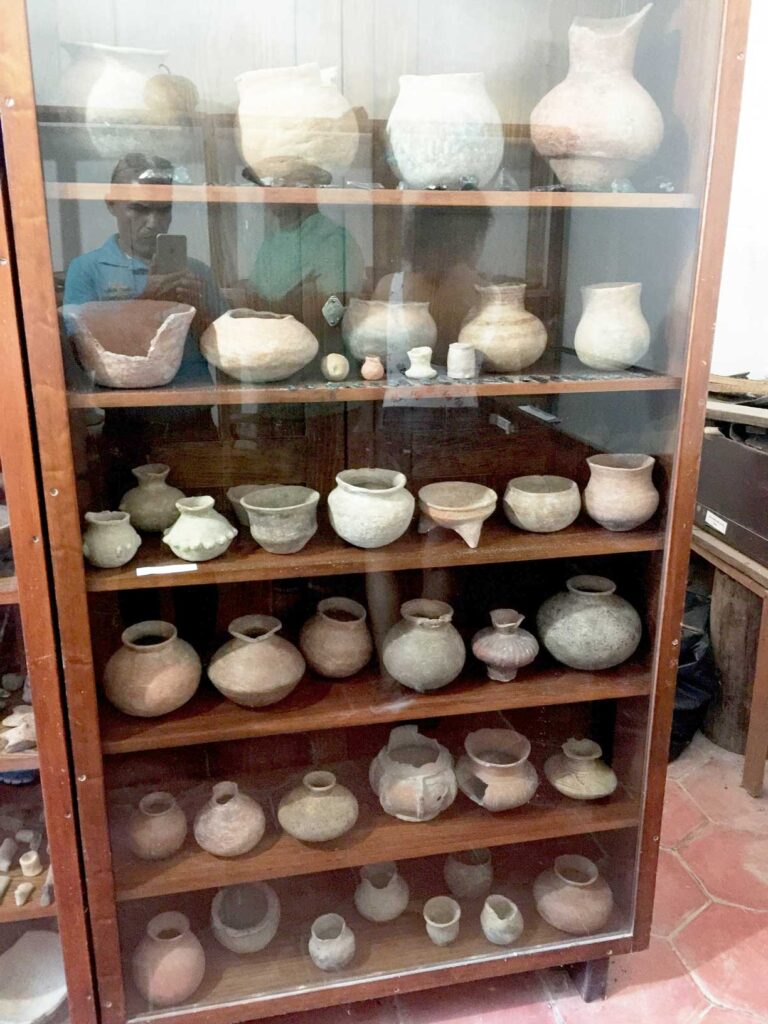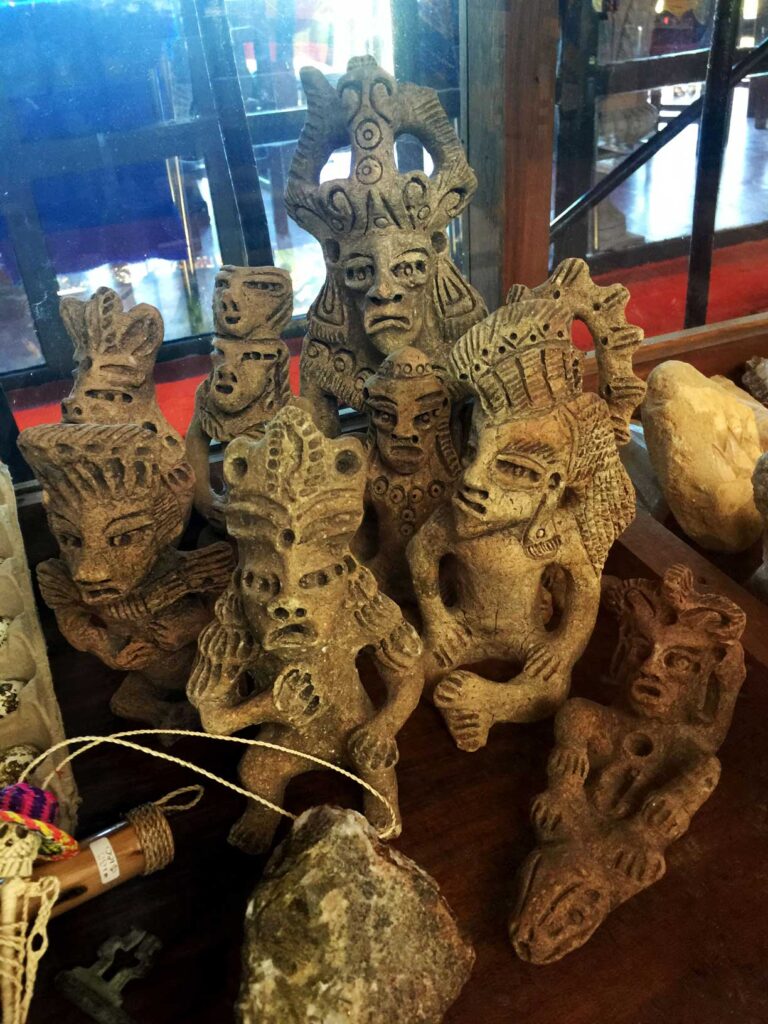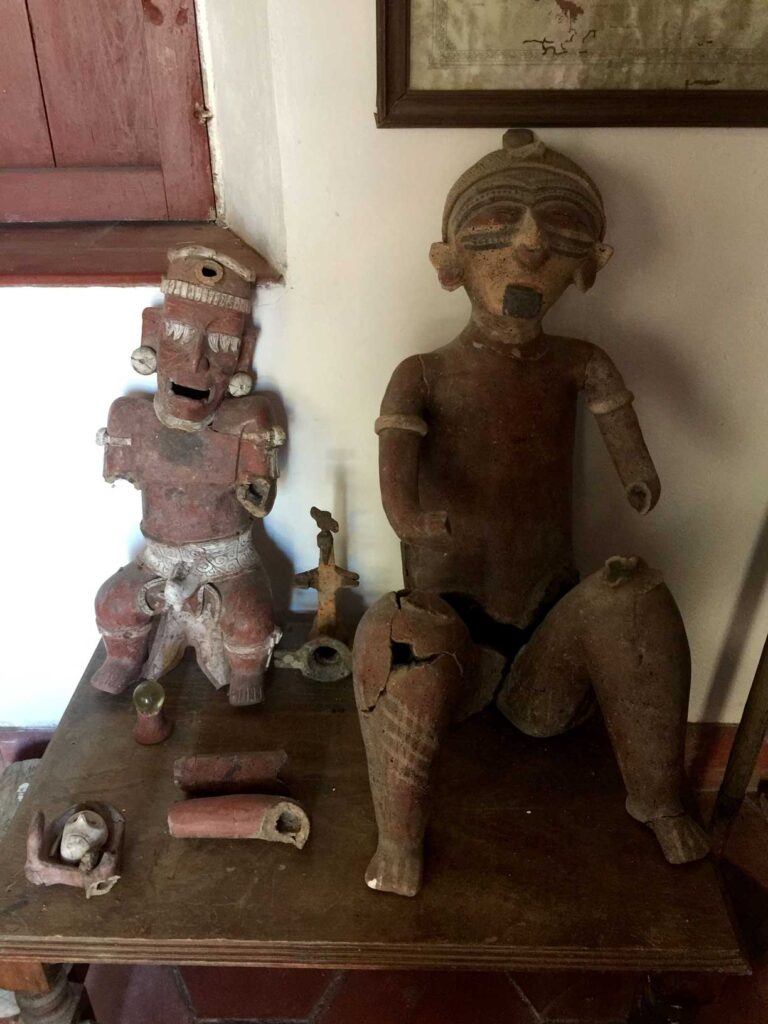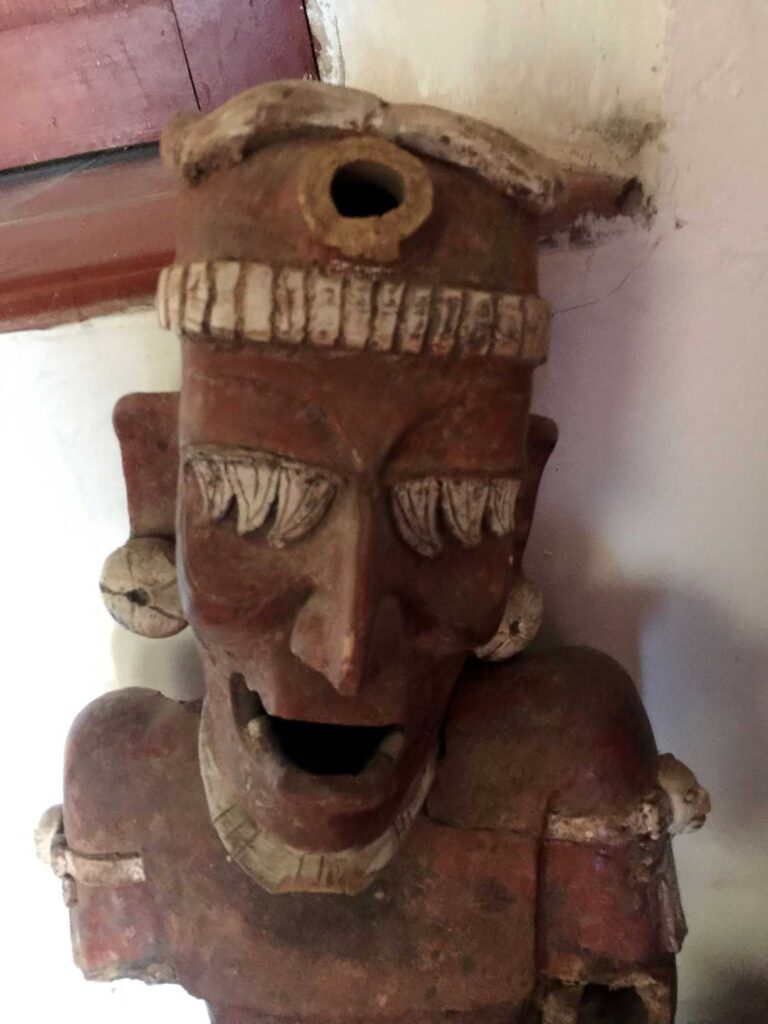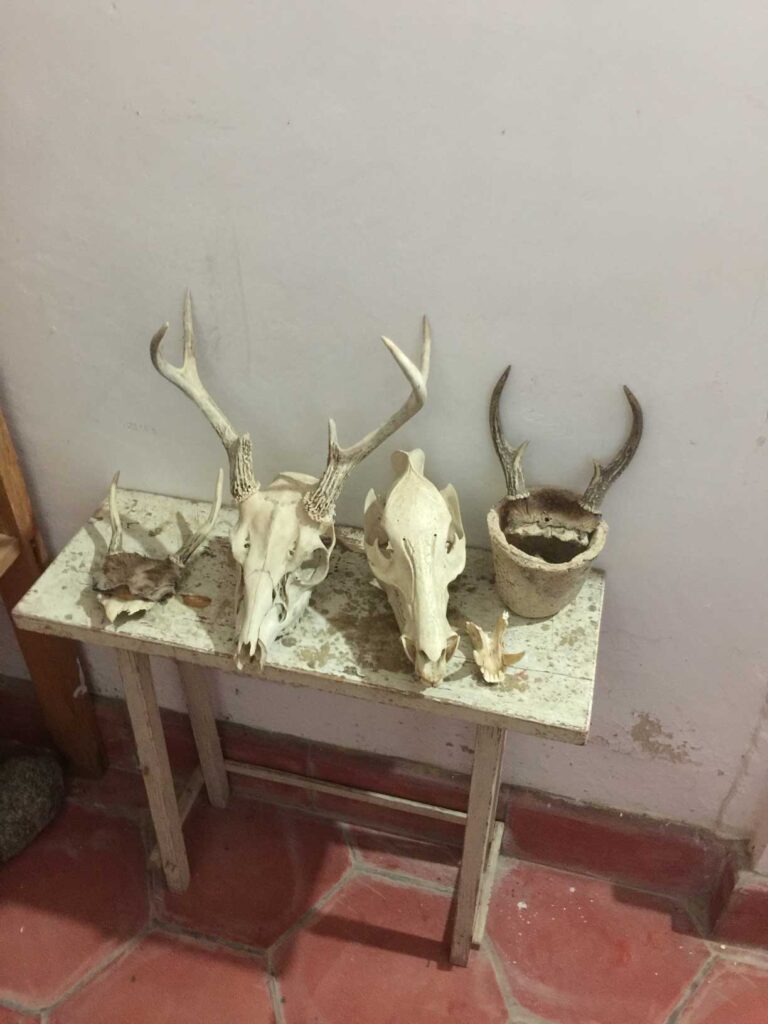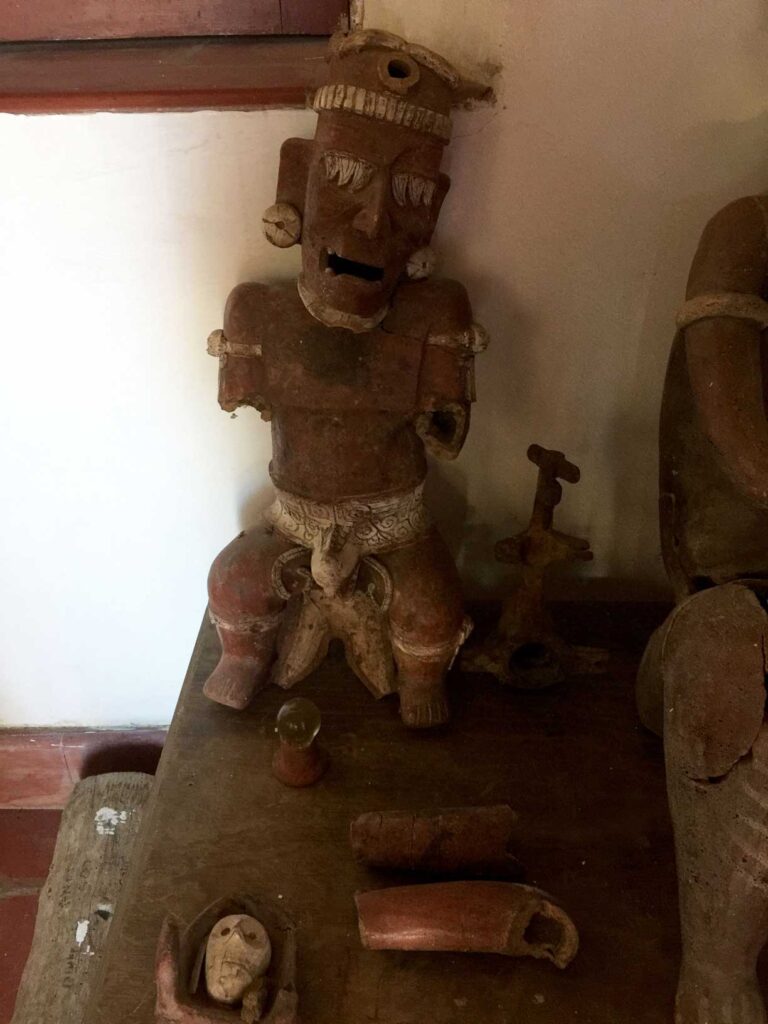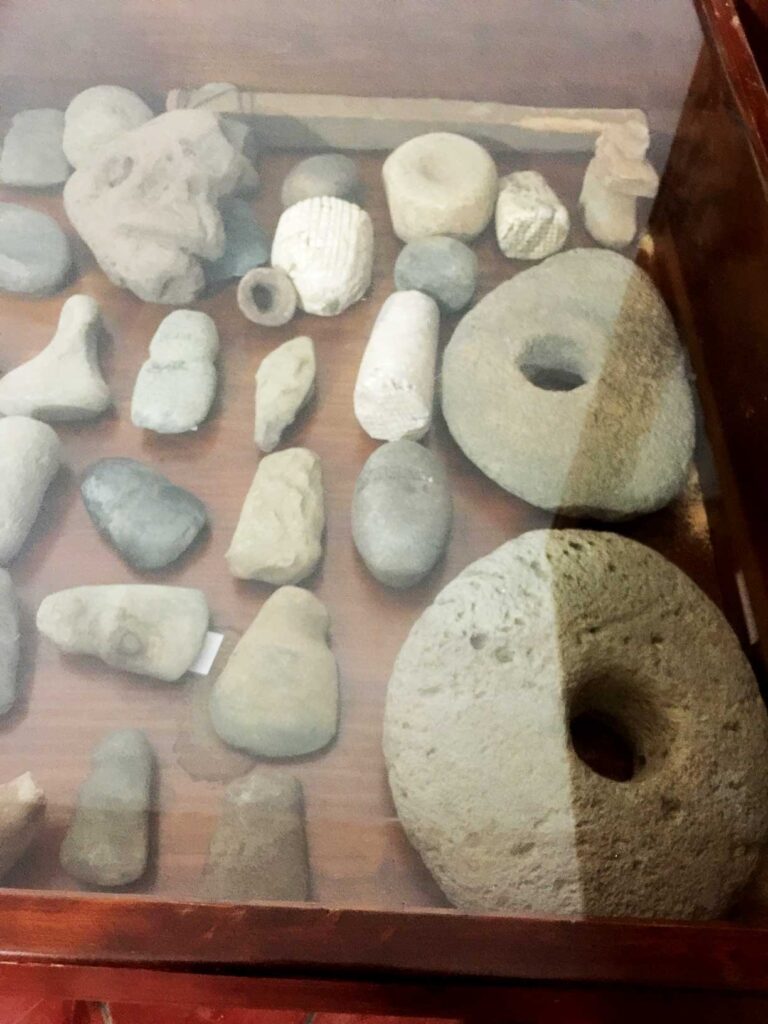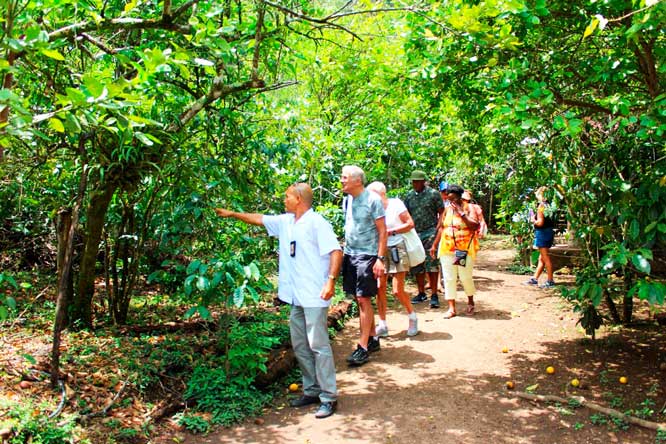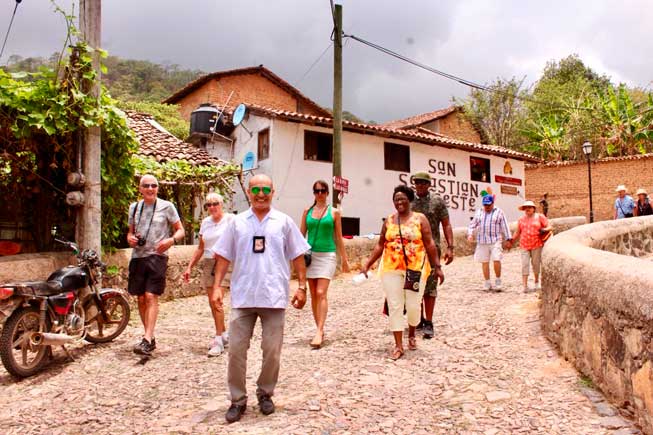
¨San Sebastian of the West¨.
Founded 1605 for gold and silver mining by Spain, by Nuño de Guzman. Although the area had been conquered already by Francisco Cortez de San Buenaventura.
1480 mt above sea level.
6,000 population.
Have you ever heard of ¨Magical towns¨ in Mexico?
San Sebastian of the West was categorized ¨Magical town¨, in 2011.
Magical towns in Mexico have the following.
- Cobblestone streets
- no traffic lights
- no buildings higher than four stories
- everything painted in white
- red tile roofs
Its like stepping back in time several hundred years.
If you are looking for ruins near Puerto Vallarta, you have to visit the museum that belongs to the church of San Sebastian.
You cannot miss visiting the gold and silver mine and tallest peak. Famous for the views which reach all the way to the bay of Banderas.
A hikers dream come true. This is actually a hot spot for mountain bicycles as well.
The history.
During the declaration of Independence, the miners and townspeople were shooting at the priests in the church and vice versa. Some bullet holes can still be noticed on the buildings.
The priests were the right hand man of the king of Spain. The priest was like the Mayor. The church was city hall.
The locals were forced to work in the mines. After coming out of the mines, they had to confess and turn over what they found to the priest. You would get to keep a little bit as payment, as there was no weekly pay.
The priests would gather all the Gold and Silver. Thirty tons per ship of pure gold or pure silver. The gold was taken to the coast where it was put on Spanish Galleons, which were heavily armed. The galleons would go down to Panama. Unload everything and load it on mules. The famous mule train carrying gold and silver across Panama. The Spanish Galleons were awaiting for the mule train, for the rest of the journey to Spain.
So the priests that were loyal to the king of Spain had to flee from Mexico in 1820. They fled to the Philippines since they were ruled by Spain at the time. The priests were ordered to take five seeds from Mexico each.
San Sebastian of the West is now a very quiet farming town.
The younger generations left for university or work in Guadalajara or Puerto Vallarta. Foreign mining companies are thriving in San Sebastian of the West.
Sitting down on a bench on the town-square is like magical. The view of the white buildings with red tile roofs, nestled in the pine tree covered Sierra Madre Mountains.
Visit the Hacienda where the local Arabic coffee is being roasted for market. The Hacienda is owned by a family of 22 kids, which was average in those years.
The church of the town of San Sebastian of the West.
If you are looking for ancient tombs, ruins and pyramids, this museum belonging to the church is the best place to go.
- Ancient red clay native sculptures from before the Spanish rule approx 1525.
- Clay pottery .
- Obsidian arrow heads.
- Hammer rocks.
- Fossils.
- Church related artifacts and history.
Also,
There were tunnels going from the Church to the building where the miners lived, and to the hacienda where the gold was processed.
You can visit the hacienda where the gold was processed. It is located several kilometers away from the church.
This is usually an all day activity from 9 to 5. Awesome scenery and lots of goodies to try.


